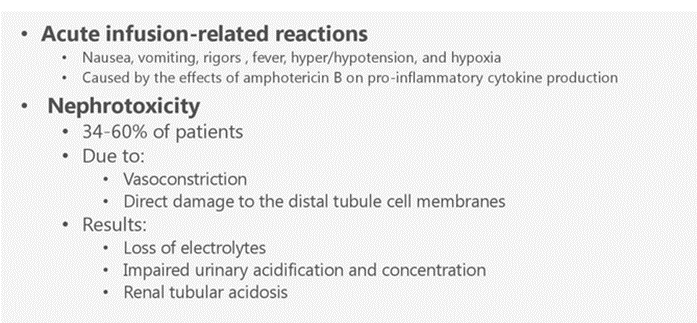A charge nurse is teaching a newly licensed nurse about administering heparin to a client. Which of the following statements by the newly licensed nurse indicates an understanding of the teaching?
"I will check the client's INR before administering the heparin."
"I will aspirate before administering the heparin."
"I will massage the site after the injecting the heparin."
"I will apply pressure for 1 minute after the injection."
The Correct Answer is D
Choice A Reason:
"I will check the client's INR before administering the heparin." is incorrect. Checking the client's INR (International Normalized Ratio) is essential, but it's more applicable for monitoring anticoagulants like warfarin, not heparin. Heparin's effect is typically monitored via activated partial thromboplastin time (aPTT) or anti-Xa levels, not INR.
Choice B Reason:
"I will aspirate before administering the heparin." Is incorrect. Aspirating before administering heparin injections is not necessary because the medication is given subcutaneously or intravenously and not into a blood vessel.
Choice C Reason:
"I will massage the site after injecting the heparin." Is incorrect. Massaging the site after injecting heparin could increase the risk of bruising or hematoma formation at the injection site. It's generally advised to avoid massaging the area after a heparin injection to prevent tissue trauma.
Choice D Reason:
"I will apply pressure for 1 minute after the injection." Is correct. Applying pressure to the injection site for about a minute after administering heparin helps reduce the risk of bleeding or hematoma formation, especially with subcutaneous injections. This practice aids in minimizing bleeding at the injection site.
Nursing Test Bank
Naxlex Comprehensive Predictor Exams
Related Questions
Correct Answer is B
Explanation
Choice A Reason:
Dry cough is incorrect. While cough can be a side effect of amphotericin B, it's not a hallmark sign of an acute infusion reaction.
Choice B Reason:
Fever is correct. Acute infusion reactions to amphotericin B can manifest in various ways, and fever is a common sign indicating an immediate adverse reaction during the infusion. Other potential signs of an acute infusion reaction may include chills, rigors, hypotension, flushing, headache, or nausea.
Choice C Reason:
Pedal edema is incorrect. Swelling of the feet or pedal edema is not a typical manifestation of an acute infusion reaction to amphotericin B.
Choice D Reason:
Hyperglycemia is incorrect. Increased blood glucose levels (hyperglycemia) are not commonly associated with an acute infusion reaction to amphotericin B. However, amphotericin B may have effects on electrolytes and kidney function that could indirectly impact glucose levels.

Correct Answer is B
Explanation
Choice A Reason:
Extravasation is incorrect. This occurs when the intravenous fluid leaks into the surrounding tissue rather than remaining within the vein. It may cause swelling, pain, and potential tissue damage due to the infused solution's irritant effects.
Choice B Reason:
Phlebitis is correct. Phlebitis refers to the inflammation of a vein often characterized by redness, warmth, swelling, and tenderness along the course of the vein. It can occur due to various reasons, including irritation from the IV catheter, chemical irritation from the infused solution, or infection.
Choice C Reason:
Infiltration is incorrect. Infiltration refers to the inadvertent leakage of the infused fluid into the surrounding tissues. It may cause swelling and discomfort but doesn't typically present with redness and inflammation along the vein.
Choice D Reason:
Venous spasm is incorrect. Venous spasm involves the involuntary contraction of the vein, which can occur in response to irritation or trauma. It may cause temporary difficulty in IV access but does not usually present with redness and inflammation along the vein as the primary signs.
Whether you are a student looking to ace your exams or a practicing nurse seeking to enhance your expertise , our nursing education contents will empower you with the confidence and competence to make a difference in the lives of patients and become a respected leader in the healthcare field.
Visit Naxlex, invest in your future and unlock endless possibilities with our unparalleled nursing education contents today
Report Wrong Answer on the Current Question
Do you disagree with the answer? If yes, what is your expected answer? Explain.
Kindly be descriptive with the issue you are facing.
